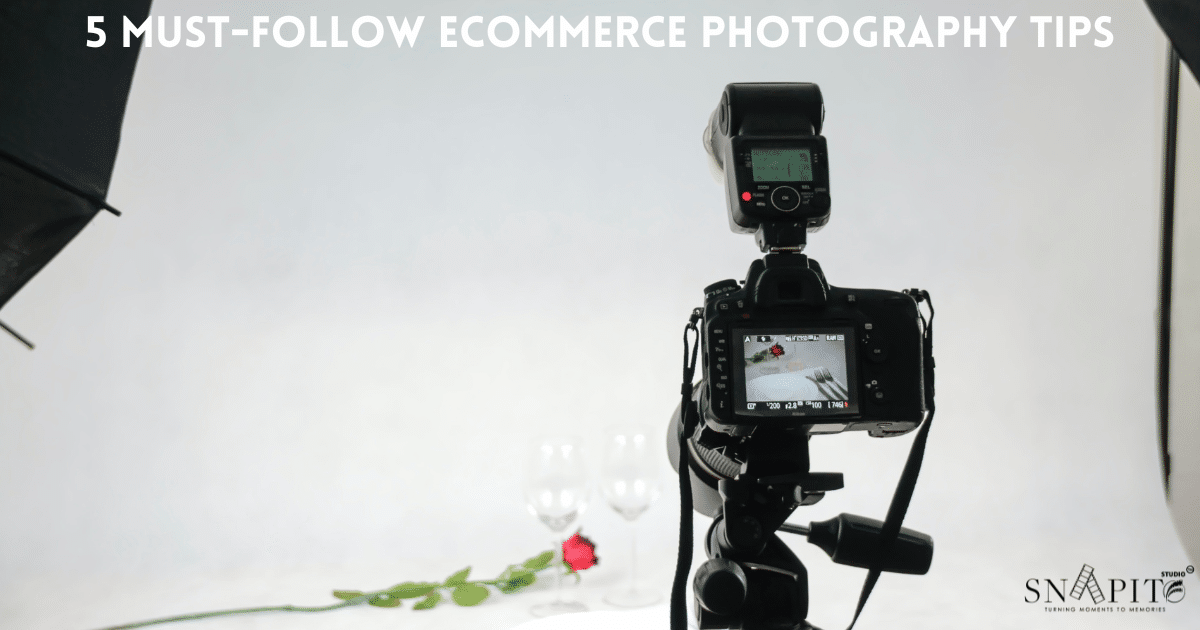5 E-Commerce Photography Tips
Plan – Plan out the images you’ll need for each product listing.
Quality – Make top-notch leading listing photographs.
Budget – Put aside money to pay a qualified photographer.
Consistency – Ensure uniformity among all listing photographs, lighting, positioning, editing, and style.
Balance – Mix up your plain-vanilla photographs with imaginative lifestyle shots to give context to your items.
Plan – Plan out the images you’ll need for each product listing.
Quality – Make top-notch leading listing photographs.
Budget – Put aside money to pay a qualified photographer.
Consistency – Ensure uniformity among all listing photographs, lighting, positioning, editing, and style.
Balance – Mix up your plain-vanilla photographs with imaginative lifestyle shots to give context to your items.
1. Plan
It’s crucial to think ahead when it comes to optimizing your product images. Consider what you will need to do to make your product appear its best before the images are taken. Think about the objectives you have for your photography. Make a list of the images you require for each product to accomplish these objectives.
We advise making a comprehensive spreadsheet inventory of all the images you desire. For instance, a product could require a close-up photograph of the label’s text or a picture of the item broken down to display its component pieces. You may tweak your ideas and arrange your shot to acquire the precise outcomes you desire by making thorough notes.
2. Quality
Naturally, when a potential customer scrolls past your goods, they first see your main listing photo. This is your opportunity to make a fantastic first impression and pique their interest in purchasing your product. It should be unambiguous, well-lit, and feature a product that has been expertly designed and shot. Out of all of your pictures, this one ought to be the cleanest and most appealing, with no extraneous elements.
E-commerce retailers will spend a lot of money on their website, brand, and items, but for some reason, they will cut corners on product photography. If your photographs are cheap, your product, website design, and brand will all appear cheap. Concentrate on taking high-quality product images.
3. Budget
Save aside money for a high-quality photo session for your website. Customers are more inclined to trust you and your goods when the photographs are clear and professional-looking. Although hiring a professional photographer for your picture session will not break the bank, it is still wise to do so for your website and listings. Your greatest asset when it comes to marketing and promoting your goods and services online will be these photographs. If money is limited, invest in some quality product photography for one or two of your listings to start, and you could be happy with the return on your investment.
4. Consistency
Your merchandise will appear excellent and your photographs will be uniform thanks to a talented photographer. What impact can consistency have on your pictures?
Keeping uniformity across all of your items will assist offer your consumers a subconscious impression that your brand is trustworthy and that the quality of your products is constant across the board.
Images that are consistently clean, consistently illuminated, and consistently angled take away any potential distractions and enhance professionalism. Your brand identity will be developed in part due to this consistency. The notoriety that comes with it helps your consumers understand and remember your goods and brand by telling the story of your company.


